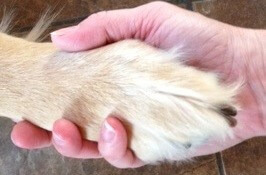Time Magazine spotlights Second Chance – “How America Saved Millions of Pets—By Moving Them”
“The dusty white cargo plane stood out among the gleaming corporate jets, as did its passengers: 48 barking dogs, newly arrived at the private air terminal at Hanscom Field, outside of Boston.
They had left Mississippi that morning with their health certificates taped to their kennels. All week, the staff at Oktibbeha County Humane Society (OCHS), in Starkville, Miss., had been getting them ready, giving them their shots, testing their temperaments, and color-coding each crate for its destination: red for Second Chance Animal Services in North Brookfield, Mass.”

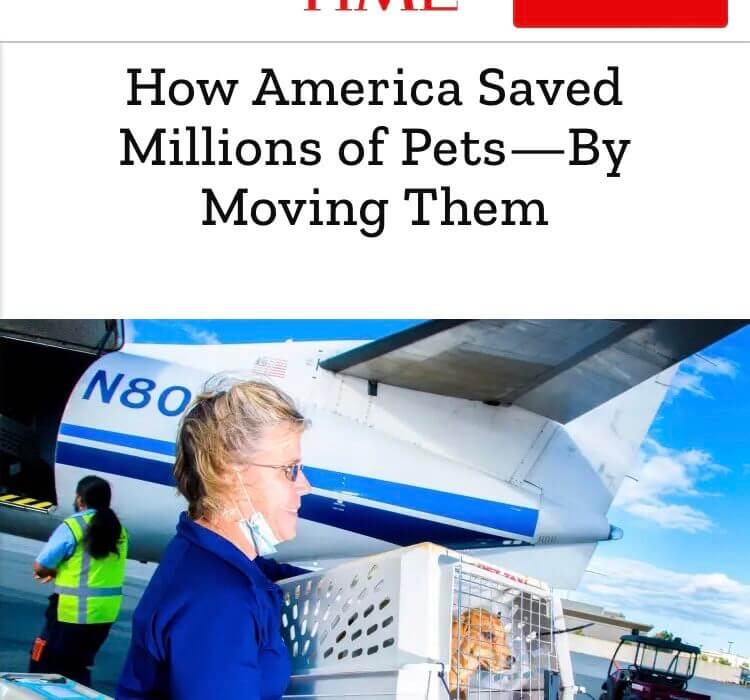


 Dixie was just four months old when she was adopted from Second Chance. Despite a positive meet and greet with her new 3-year-old sister Dakota, things got off to a rocky start. “There were several issues in the beginning with puppy curiousness and not knowing personal space.” Their owners kept a close eye to make sure things didn’t get out of hand.
Dixie was just four months old when she was adopted from Second Chance. Despite a positive meet and greet with her new 3-year-old sister Dakota, things got off to a rocky start. “There were several issues in the beginning with puppy curiousness and not knowing personal space.” Their owners kept a close eye to make sure things didn’t get out of hand.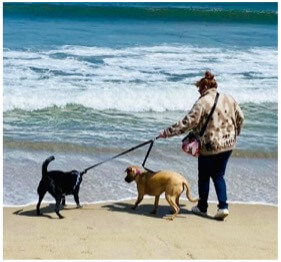 Now 10 months later they are inseparable…Dixie follows her sister Dakota everywhere…They have fun playing & when Dakota has had enough she has this bed- we call it the ‘I’m done, time to take a break bed’ – she goes there, lays down & Dixie is right beside her, which is fine for both of them apparently. So we all ended up living happily ever after! I’m so glad I gave it more time…I couldn’t imagine her not being part of the family.”
Now 10 months later they are inseparable…Dixie follows her sister Dakota everywhere…They have fun playing & when Dakota has had enough she has this bed- we call it the ‘I’m done, time to take a break bed’ – she goes there, lays down & Dixie is right beside her, which is fine for both of them apparently. So we all ended up living happily ever after! I’m so glad I gave it more time…I couldn’t imagine her not being part of the family.”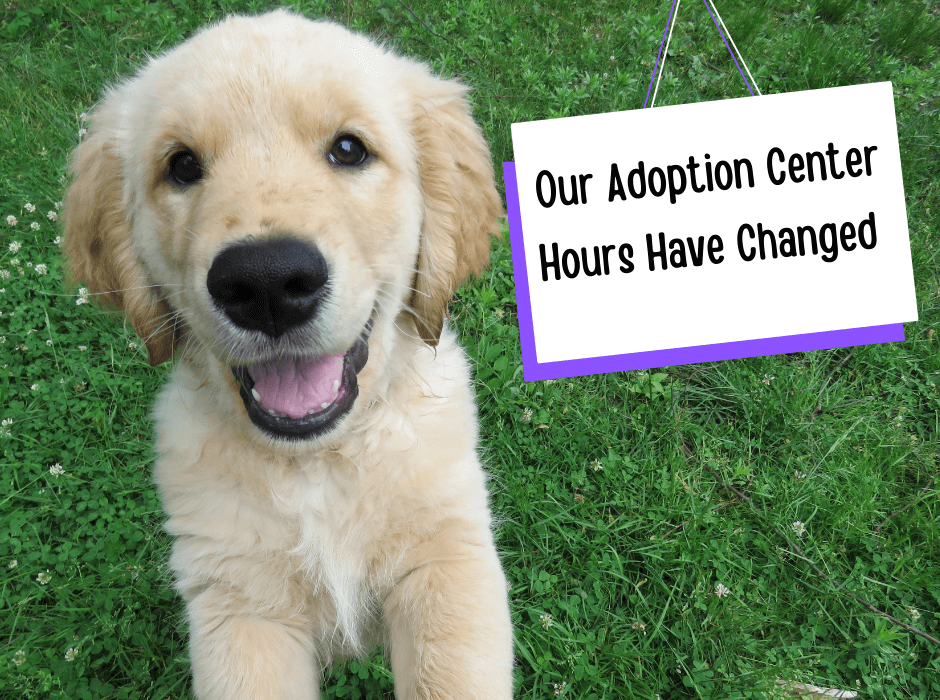
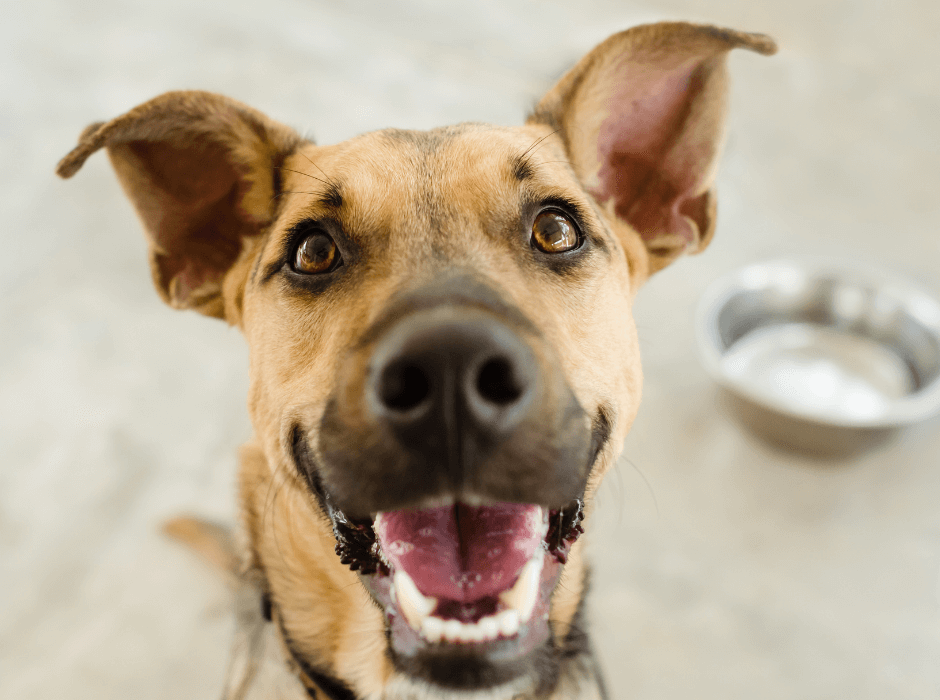
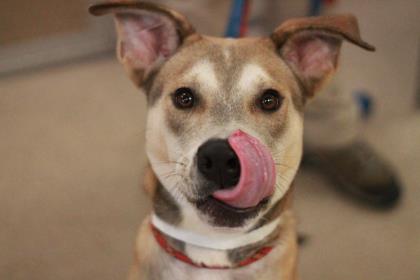
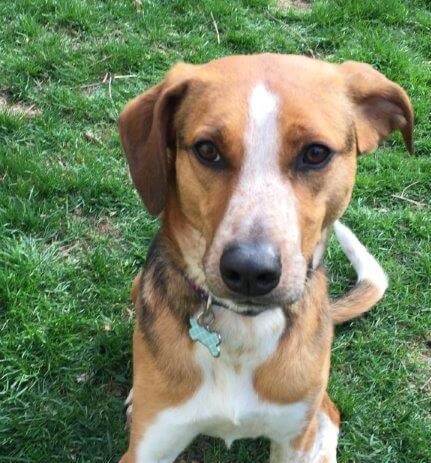
 Gradually with plenty of patience, time and consistency May came out of her shell and grew to trust us. Every small accomplishment by May made all of us at Project Good Dog so happy as we knew how difficult it was for her and how far she’d come. When she barked for the first time we all erupted in cheers. When she began to play with the other dogs we looked on in silent awe of this strong, beautiful girl. In the eleven weeks May spent at Project Good Dog she learned not only her basic commands, but how to have fun, how to trust, how to love. She learned how to truly be a dog.
Gradually with plenty of patience, time and consistency May came out of her shell and grew to trust us. Every small accomplishment by May made all of us at Project Good Dog so happy as we knew how difficult it was for her and how far she’d come. When she barked for the first time we all erupted in cheers. When she began to play with the other dogs we looked on in silent awe of this strong, beautiful girl. In the eleven weeks May spent at Project Good Dog she learned not only her basic commands, but how to have fun, how to trust, how to love. She learned how to truly be a dog. 